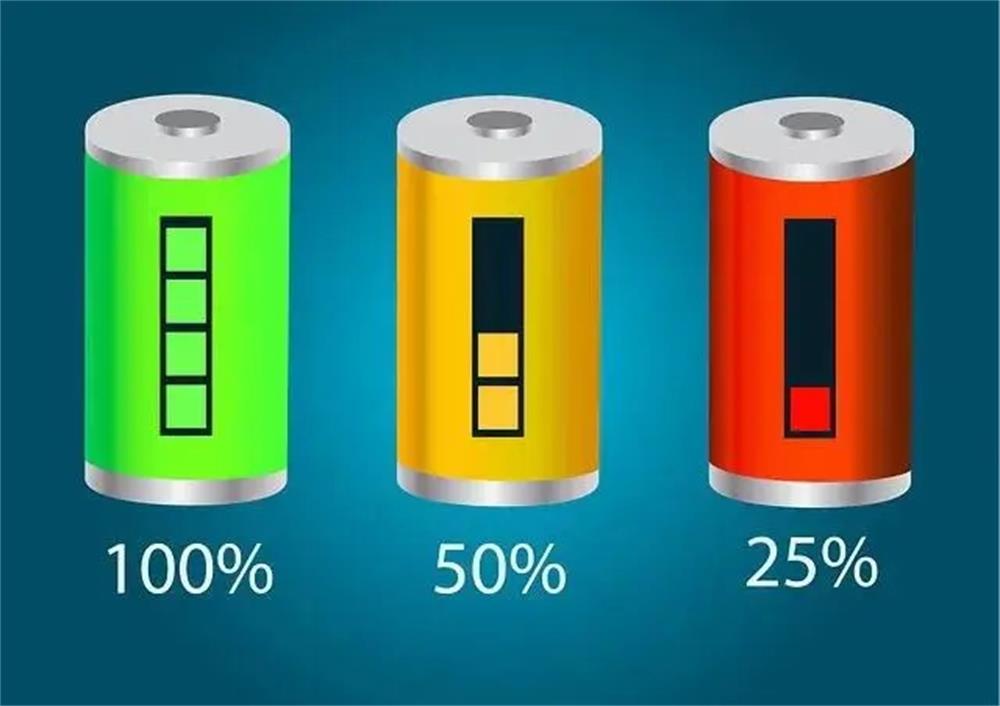What is “energy density”
The amount of energy per unit volume stored in a given system or region of space is called energy density. The energy density of a battery is the amount of energy released per unit volume or mass of the battery; there are two dimensions of the batteries’ energy density: weight energy density and volume energy density.
Weight Energy density of a battery :Capacity*Voltage/Weight, Units:wh/kg
Volume Energy density of a battery :Capacity*Voltage/Weight, Units:wh/kg
The battery can store more energy with a higher energy density per unit volume or weight.
Currently, The technology route of lithium iron phosphate is the same as that of the United States. There is no doubt that lithium-ion iron phosphate batteries have many advantages: they are stable and relatively cheap, but their energy density (the higher the energy density, the better to solve the range problem) is limited.
It is understood that the energy density of the lithium iron phosphate battery can reach 157Wh/kg, but the energy density of the single battery decreases to 100Wh/kg after the group. The capacity density of lithium iron phosphate battery is generally around 150Wh/kg, even if done better, is in 160Wh/kg left. This and ternary battery 200Wh/kg energy density is a big gap. The 32131 cylindrical lithium iron phosphate battery with high energy density will be produced. The energy density of the battery can reach 180Wh/kg. The driving range of passenger cars using the battery can reach 300km or more.
